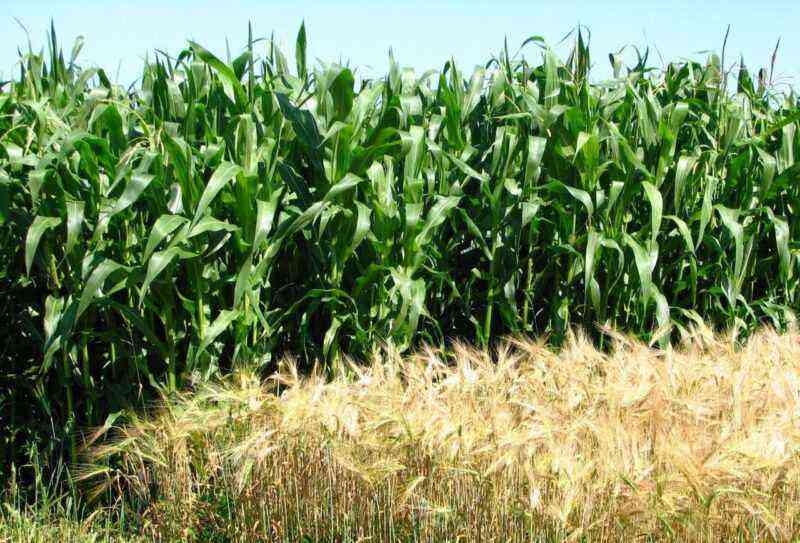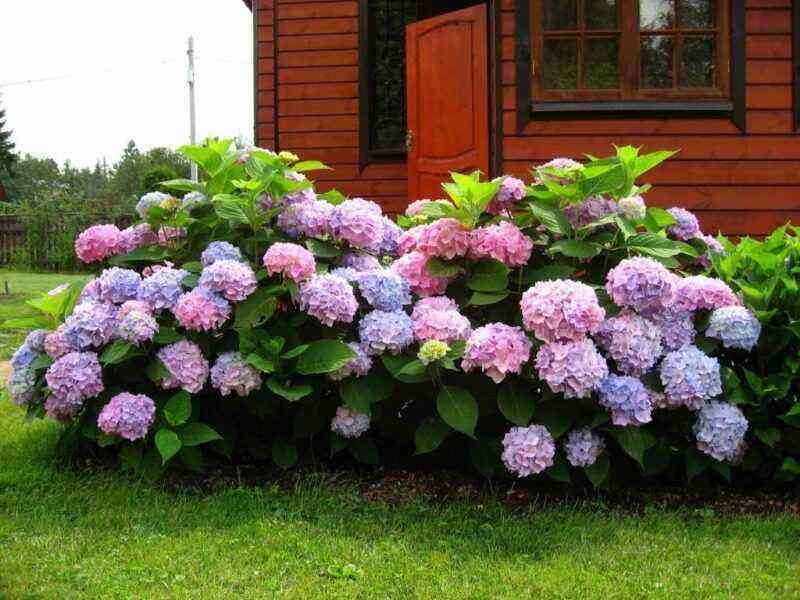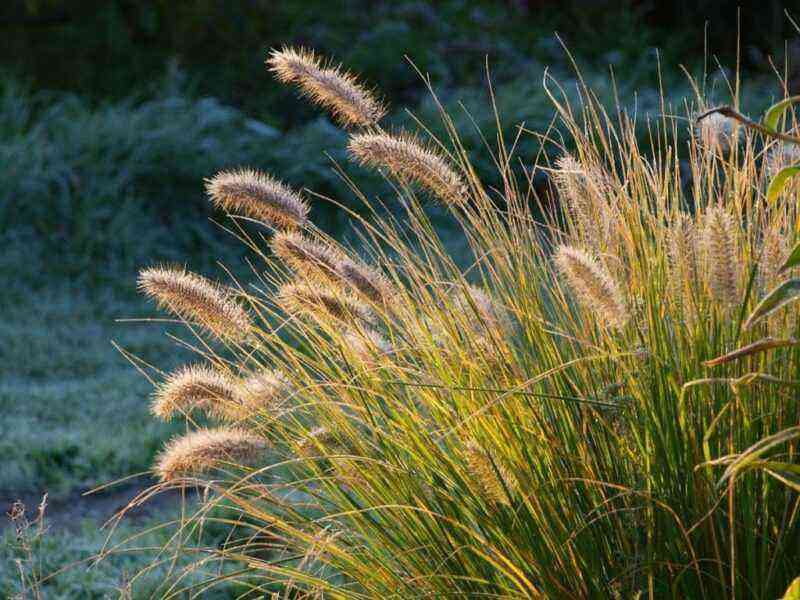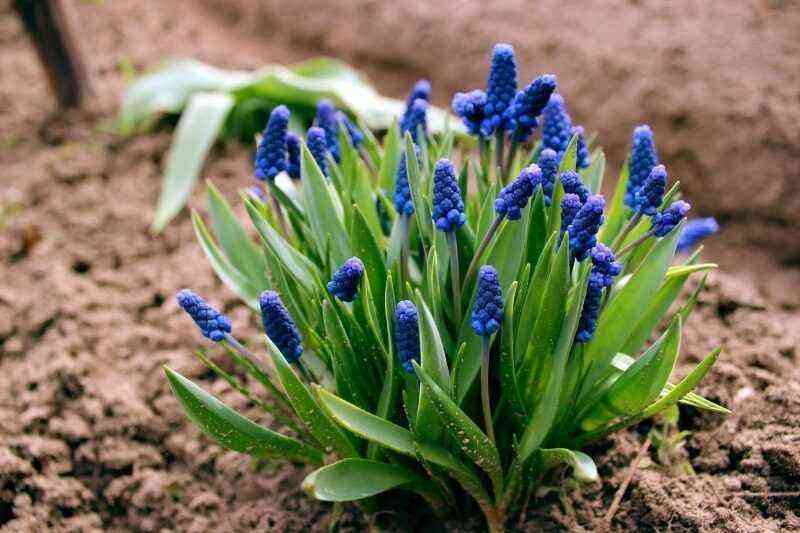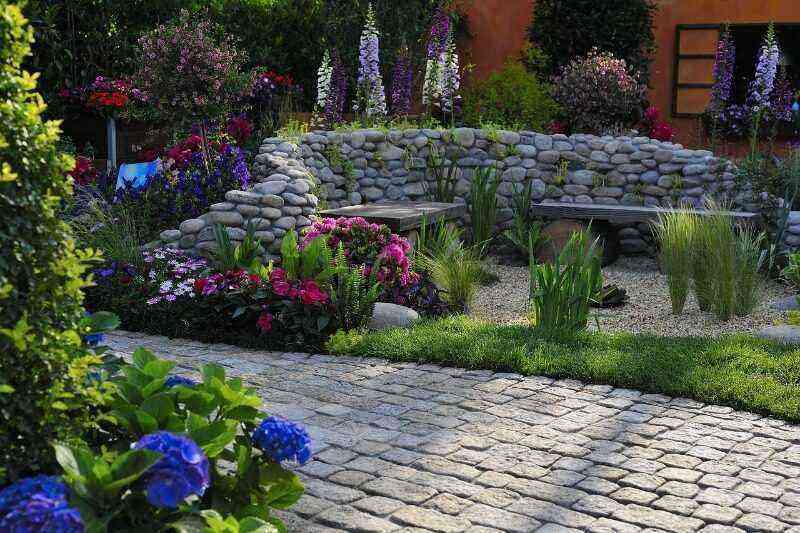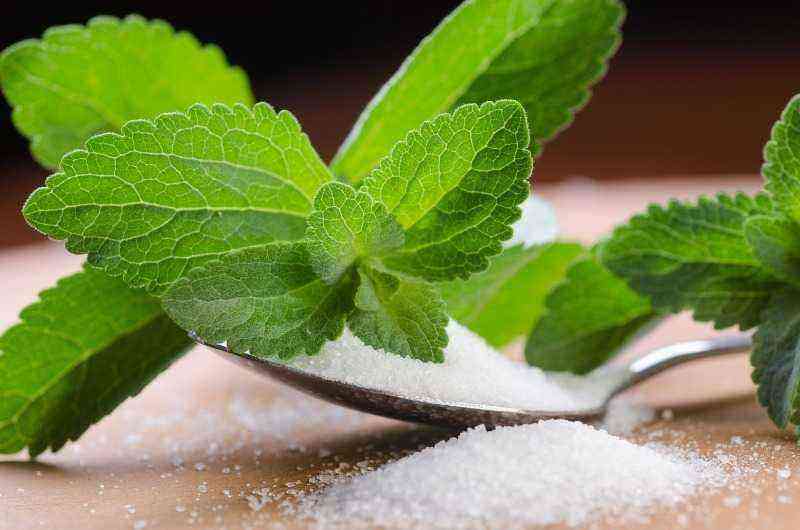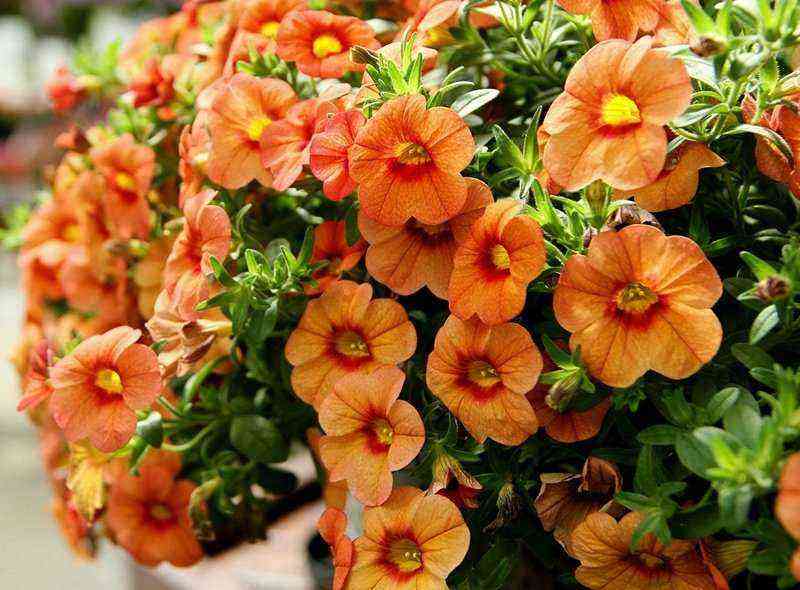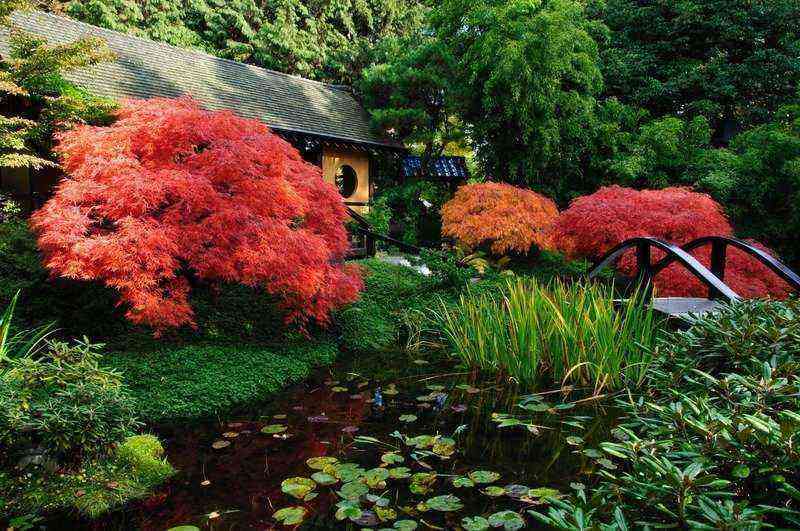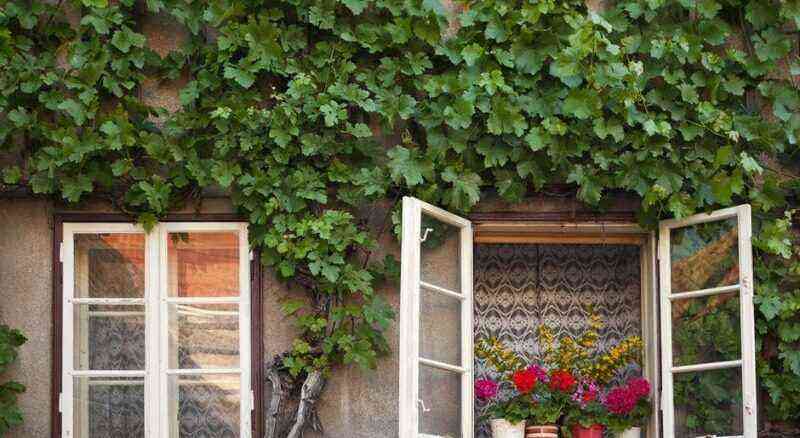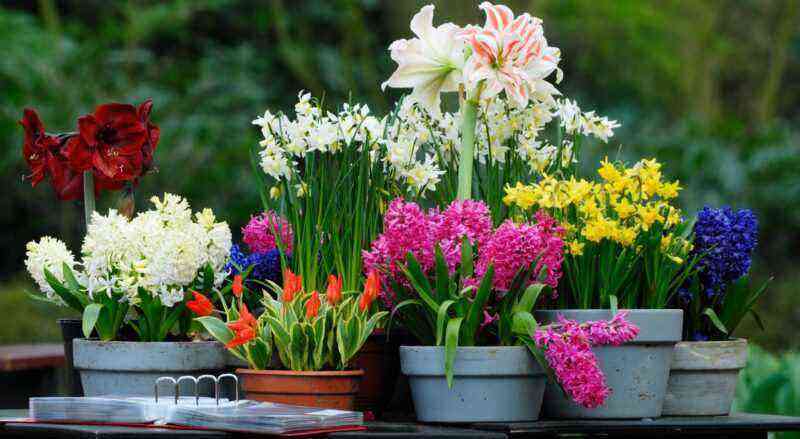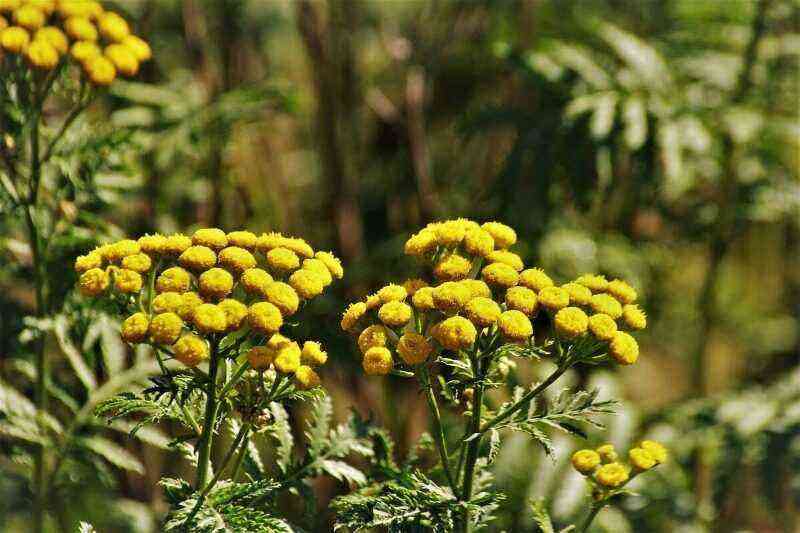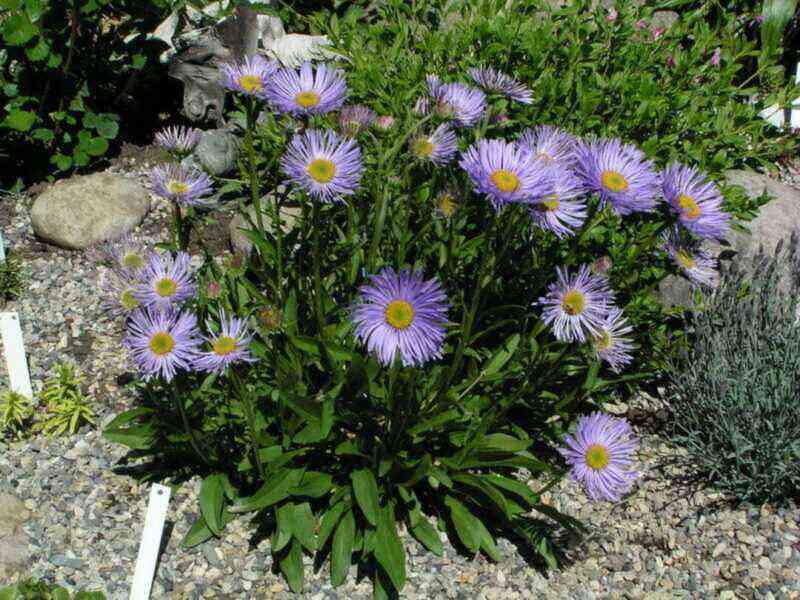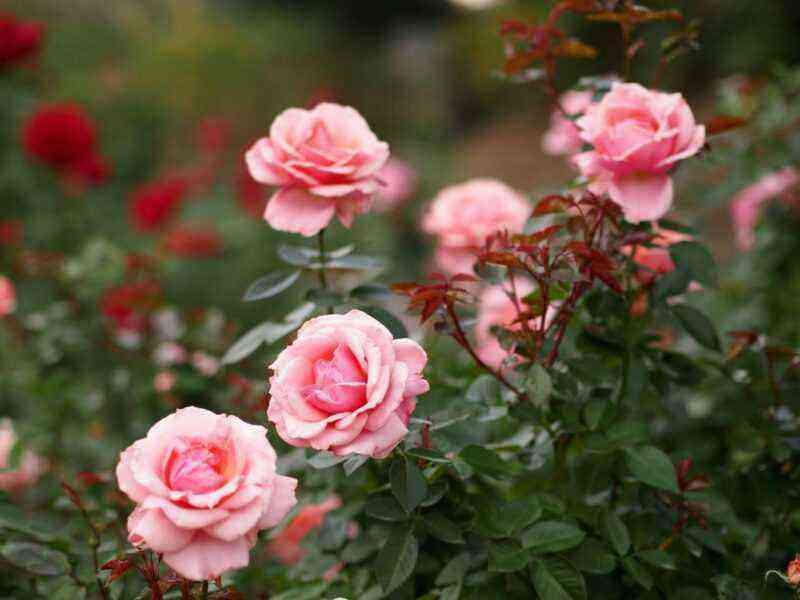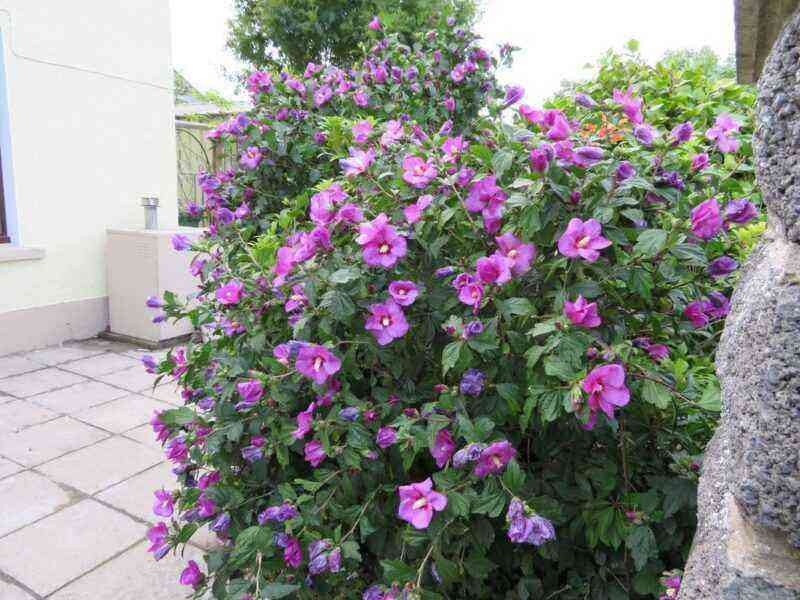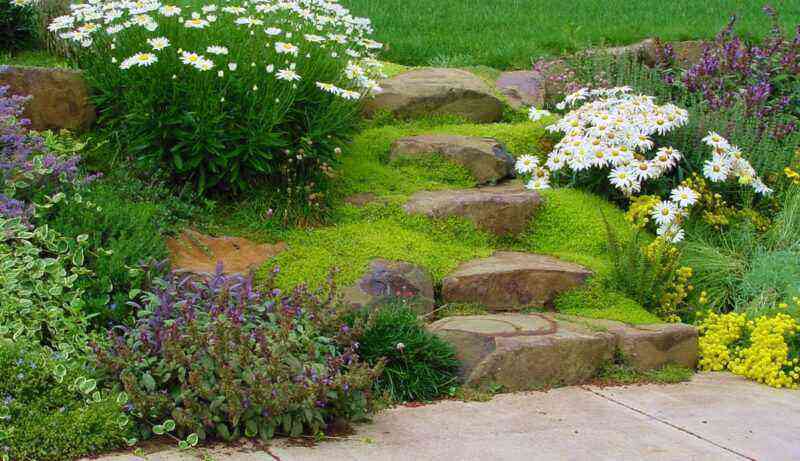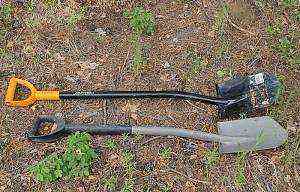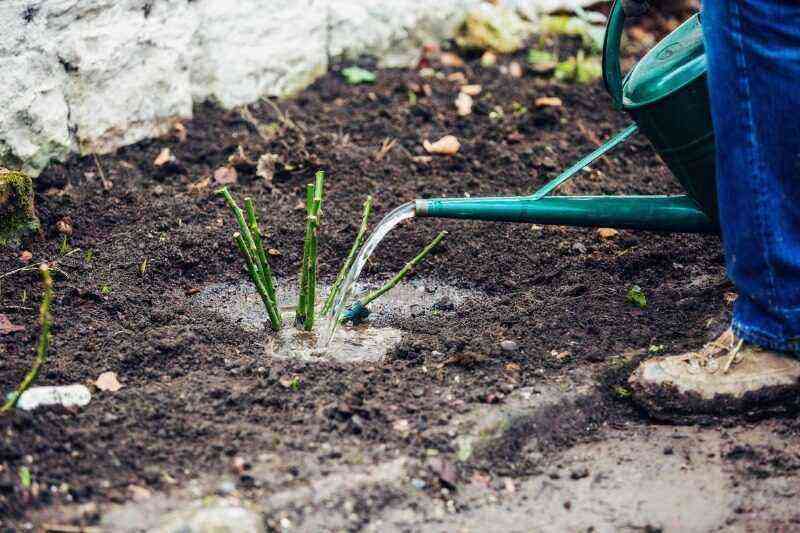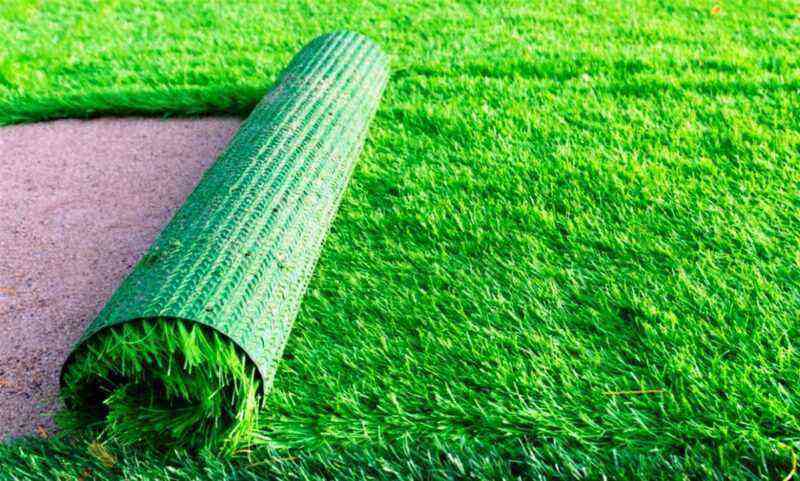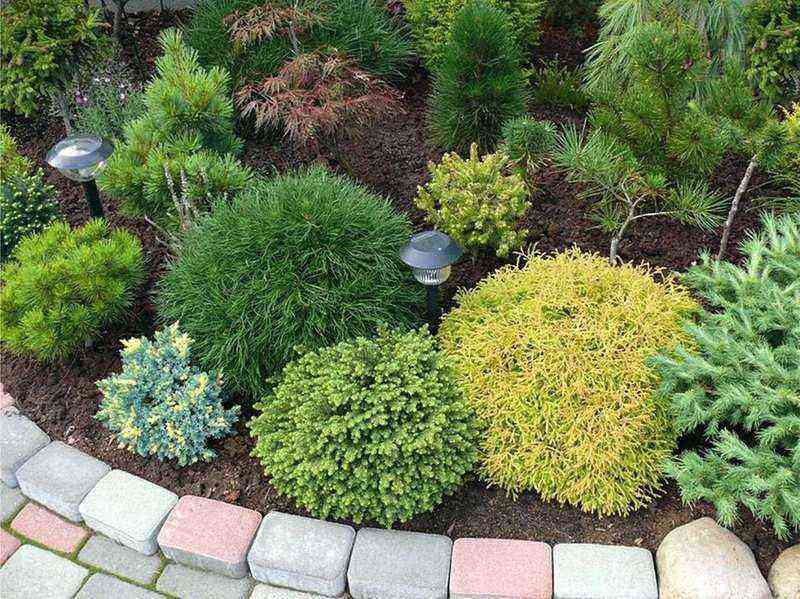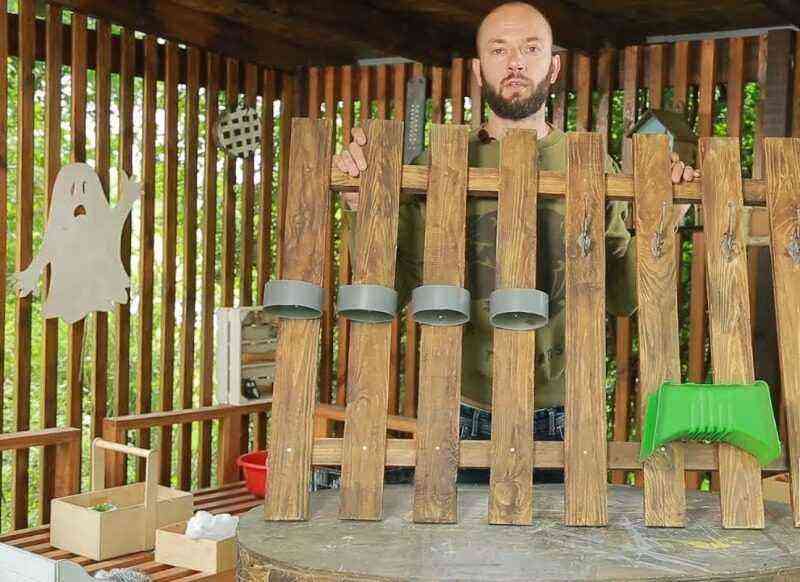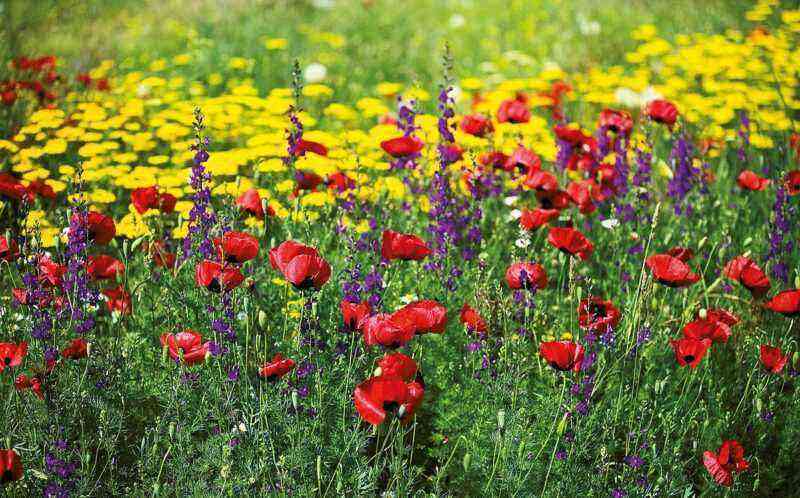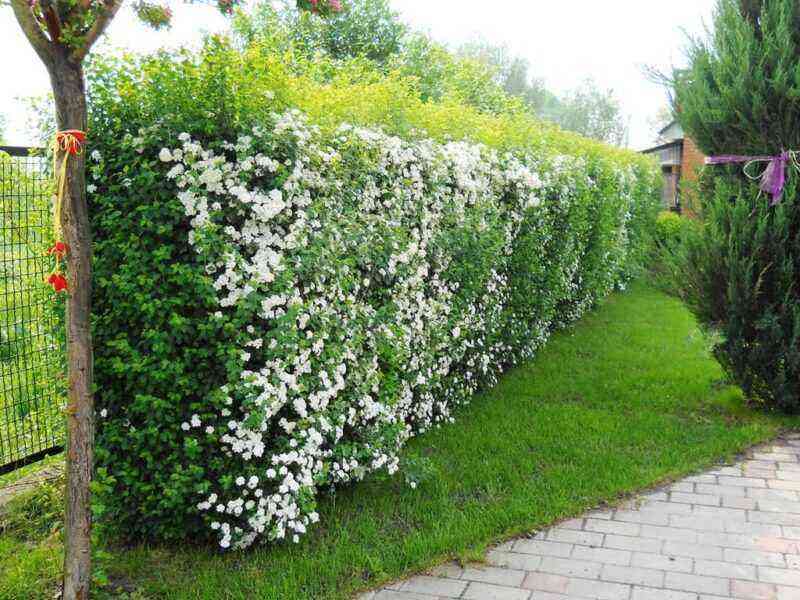At my summer cottage, I often invent or introduce some new ways of growing and caring for plants. It’s not even about optimizing garden work, but about creating better conditions for my green plantings. Several years ago I switched to a drip irrigation system, which has undeniable advantages.
Gradual root watering creates constant soil moisture required for the growth, development and fruiting of all vegetable crops. With such intra-soil drip irrigation, the soil around the stems remains loose and dry, which ensures the unhindered saturation of the plants with the necessary air.
This method of watering is extremely convenient for me also because, as a result of its application, I save the plants and get the harvest, coming to the dacha only on weekends. Thanks to this finding, I can be calm that tomatoes, cucumbers, peppers and other crops I grow receive the required care even in my absence.
This method of drip irrigation does not require any investment – it requires plastic beverage bottles of 1,5 and 5 liters. I prefer XNUMX liter bottles as more water will increase irrigation time.

I fill a five-liter bottle with water and seal it with a lid. At a distance of 2 cm from the bottom on opposite sides in the walls of the bottle, using a nail, I make 2 symmetrically located holes with a diameter of 1,5-2 mm.
In the ridge between plantings, I dig a hole slightly wider than the bottle and to a depth so that the bottle fits 2/3 of the height. I position the container so that the holes made are directed to the roots of the plants. A little above the level of the holes, I put straw, which will act as drainage and prevent clogging with earth. I compare the hole with the excavated earth to the level of the ridge.
If the system is done correctly, air bubbles will rise from the bottom of the bottle.
I use a two-hole system as the ground in my area is sandy and absorbs moisture well. If the earth is dense, clayey, then you need to experiment and find the optimal number of holes. It should be borne in mind that the size and height of the symmetrical holes must be exactly the same.
A self-made irrigation system does not require large financial investments in comparison with store offers and is very convenient.
